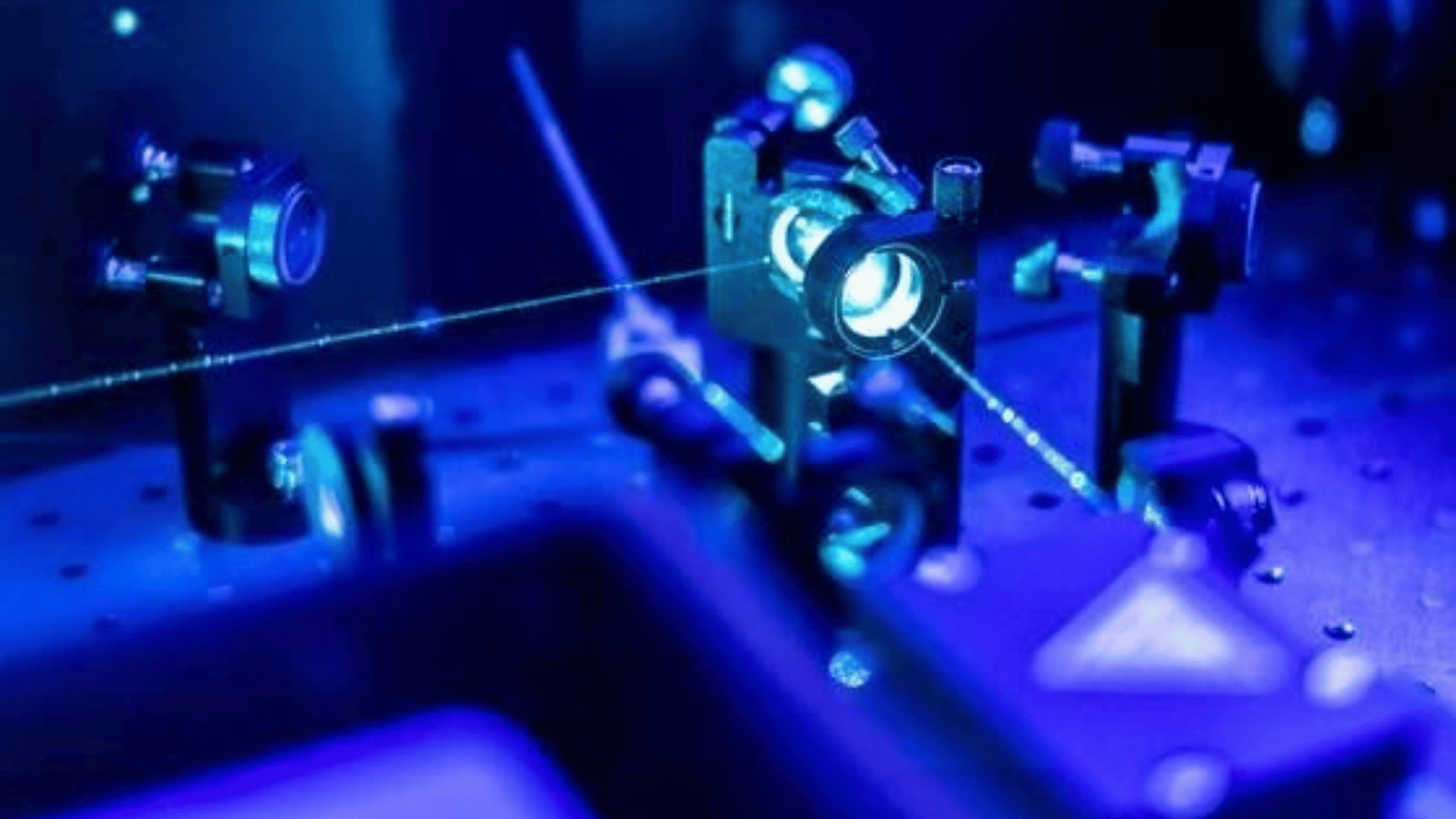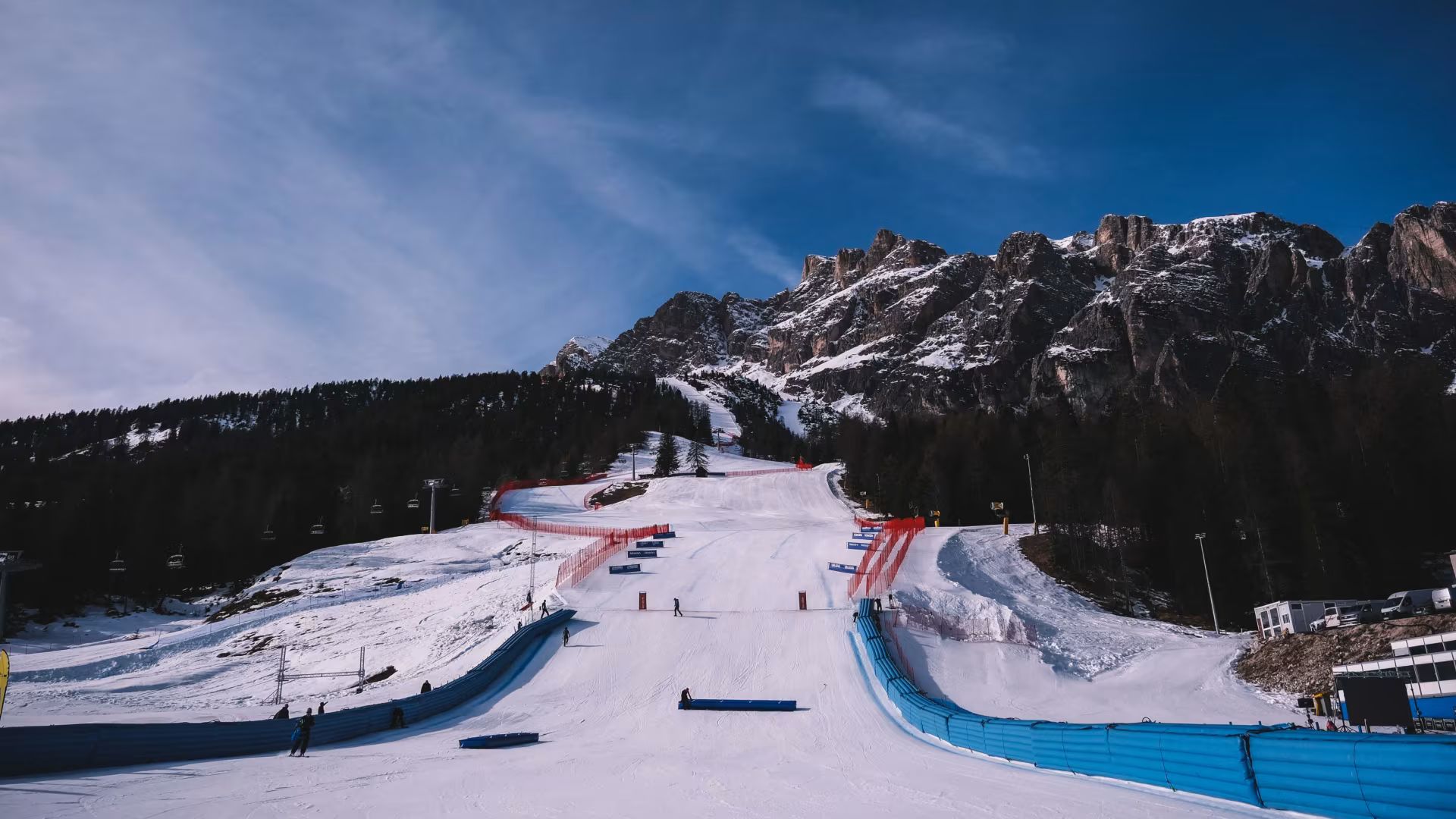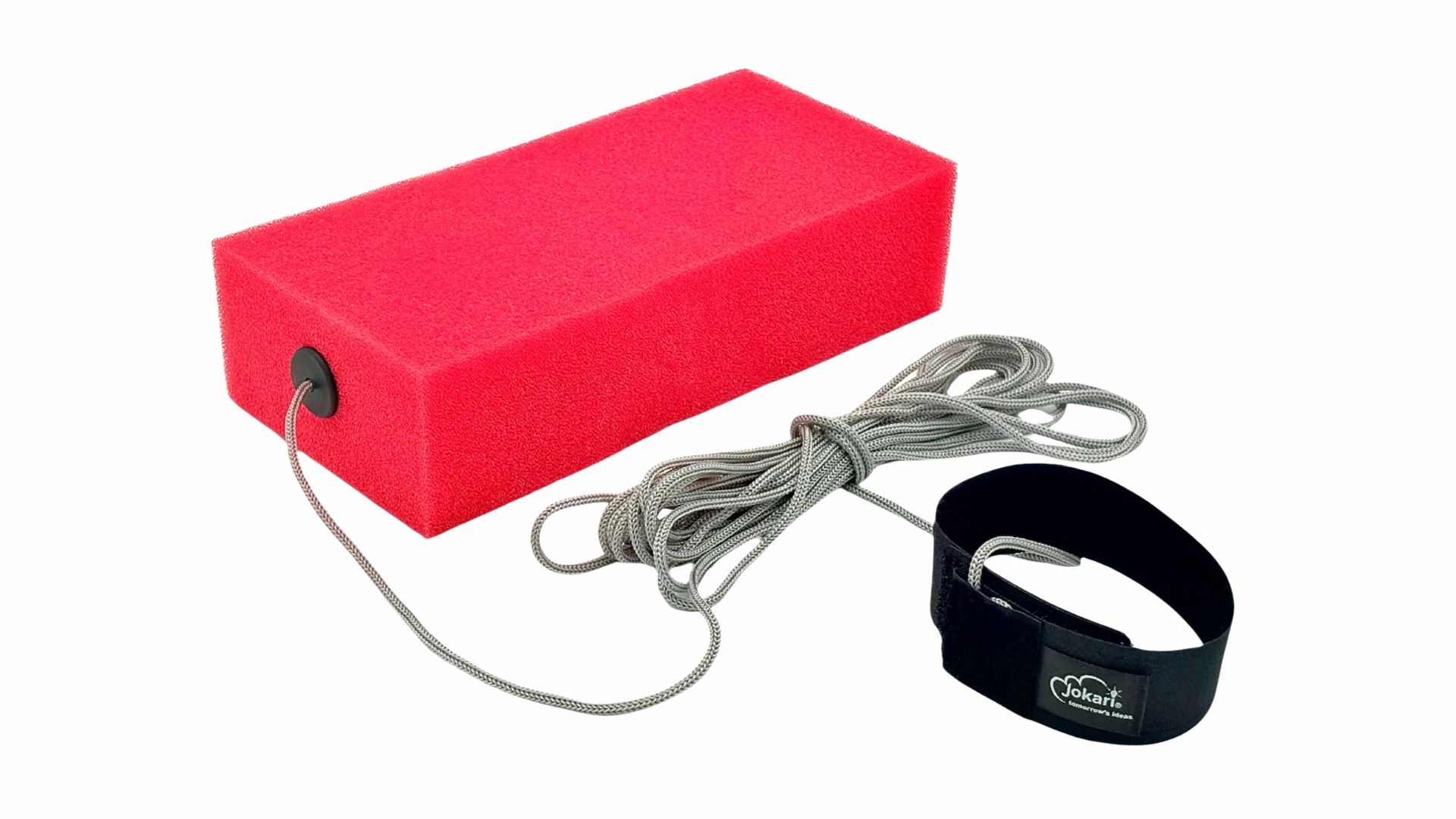Global Laser Enrichment (GLE) completed a large-scale enrichment demonstration at its Test Loop facility in Wilmington, North Carolina. This is a key step toward commercializing its laser-based uranium enrichment process. According to reports, the extensive performance data collected gives confidence that it can be used commercially.
Enriching Uranium For Nuclear Energy

Uranium is the main fuel for nuclear power plants. In its natural form, it has a low concentration of the fissionable U-235 isotope. To be used as nuclear fuel, this concentration must be increased through enrichment. Traditionally, enrichment has been done using less efficient gaseous diffusion or gas centrifuge methods.
GLE‘s Separation of Isotopes by Laser EXcitation (SILEX) process offers a much more efficient approach. The process uses lasers adjusted to specific wavelengths of light to selectively excite U-235 isotopes. These are then separated from the more common U-238 isotopes. This increases the concentration of U-235, making it suitable for nuclear fuel production.
The company plans to continue its demonstration program through 2025. Its goal is to produce hundreds of kilograms of Low Enriched Uranium (LEU). GLE also plans to use the technology at the future Paducah Laser Enrichment Facility (PLEF) in Kentucky. This facility will re-enrich depleted uranium tails from the U.S. Department of Energy’s inventory.
GLE CEO Stephen Long hopes that the company’s work will position it as the next American solution for uranium enrichment.
He says this technology could help America end its reliance on fragile, foreign government-owned uranium fuel supply chains. It aims to provide a domestic solution for uranium conversion and enrichment all in one place.
“We believe the enrichment activities conducted over the past five months position GLE to be the next American uranium enrichment solution,” Long said.
The company’s planned PLEF is the only new enrichment facility under license application review by the Nuclear Regulatory Commission.







